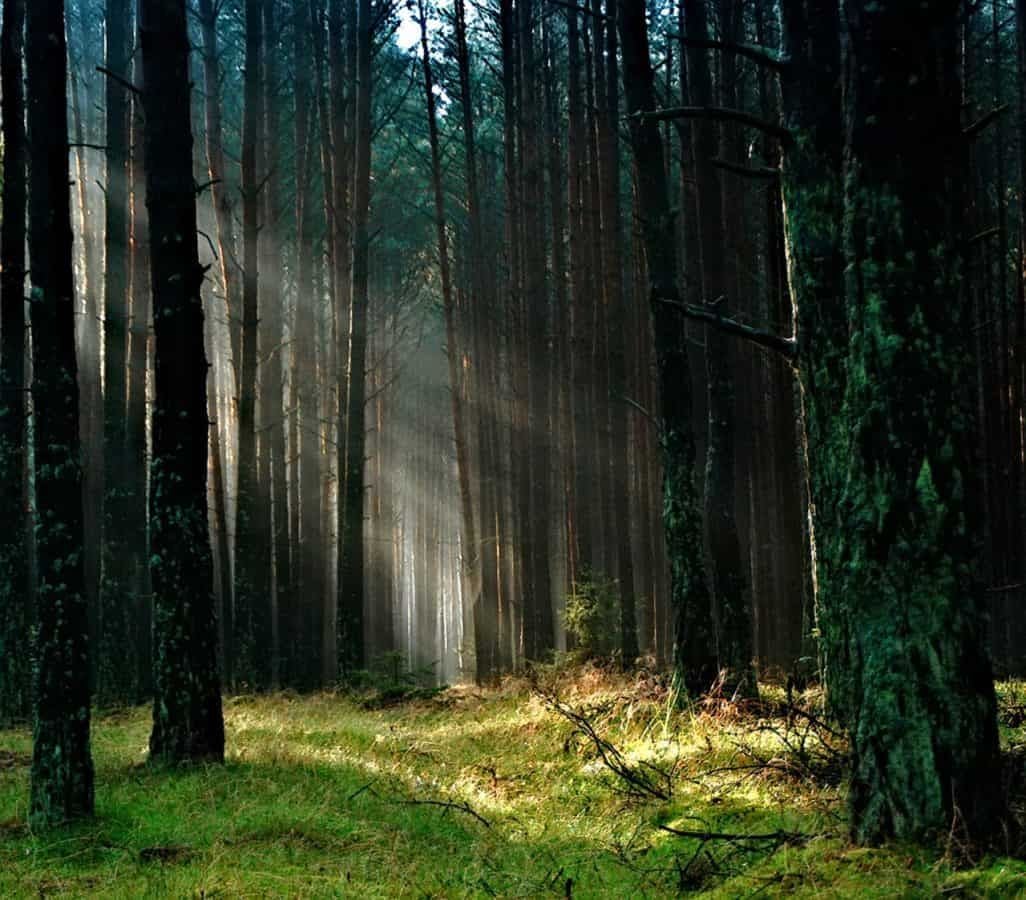
New research from Harvard University demonstrates that the UK would be able to sustain itself and help meet the Paris Agreement by returning a portion of land used for animal agriculture back to forest.
Converting land currently used for grazing and growing animal feed crops back to forest could soak up 12 years’ carbon emissions, found the report, to be launched at the Grow Green Conferencein the British Library on 11 April.
Returning pasture land back to forest and converting the areas used for growing animal feed to grow health-promoting crops for human consumption could make a fair national contribution to tackling the global climate crisis and provide enough protein for the British population.
British lead author Dr Helen Harwatt from Harvard University said: “It’s essential for the UK to have a Paris-compliant food system and right now it’s far from that.
“Our research shows for the first time that it’s possible – and could deliver multiple benefits to the UK population, including more provisions of healthy food, and more forest areas for recreation.
“The new habitats would also create opportunities to tackle the wildlife crisis by reintroducing wildlife, such as beavers, turtle doves and lynx – which is also great news for a nation of animal lovers.”
Dr Harwatt added that the fact the UK imports 90% of its fruit and vegetables puts it in an increasingly precarious position in light of climate change impacts and shifts in international trade, especially while Brexit looms large.
Almost half of all land in the UK is currently used for farming animals and repurposing it represents a good opportunity in meeting climate goals, as it provides very little nutrition compared to the resource inputs involved.
Beans and other pulses are very efficient crops to grow in Britain – as they have nutritional and environmental benefits – and could be grown in place of animal feed, in addition to a range of fruit and vegetables.
Co-author Dr Matthew Hayek from Harvard University said: “The UK is well suited to growing forest as a natural climate solution. Hundreds of years ago, forests covered the UK as its natural land cover.
“Most grazing occurs on pastures that would return to forests if left untouched by humans and farm animals.
“Forests not only pull carbon dioxide from the atmosphere, but also provide a range of co-benefits such as water filtration, flood defense and greater soil carbon capture – which will all become even more important as the impacts of climate change increase.
“It’s important for any large-scale land use changes to address potential trade-offs – such as economic livelihoods, which must be protected.
“While there are huge opportunities to diversify farming and food production on croplands, many pasturelands in the UK are better suited for shifts to reforestation than they are for crop production. This needs to be supported by addressing the financial and social barriers.”
The UK is off track to meet its legally binding commitment to reducing greenhouse gas emissions by 80% by 2050, and even further reductions would be required to align with the 1.5°C goal of the Paris Agreement.
If UK emissions do not decrease from current levels, they will be consistent with temperatures beyond 1.5°C of warming in just 12 years’ time. Radical action, far beyond that currently planned, is required to reduce emissions steeply and rapidly.
Meeting the Paris Agreement also requires carbon dioxide (CO2) removal from the atmosphere, which the researchers found we can “eat our way to” by returning pasture and animal feed crop land back to forest.
The report details unique findings from two scenarios – the first maximises CO2 removal by returning pasture land and cropland used to grow animal feed back to forest. This removes the same amount of CO2 as 12 years of the UK’s current emissions.
The second scenario trades off some of the CO2 removal and keeps croplands in production, to allow for an increased and diversified supply of fruits, vegetables, nuts, seeds, grains and pulses to the UK population. This removes CO2 equal to 9 years of the UK’s current emissions.
We currently grow 50% of what we eat in the UK. Under both scenarios, we would be able to provide all our calorie and protein needs. Presently, 91% of all cropland is used to grow only seven crops, most of which are used for animal feed.
Scenario 2 maximises the opportunity to produce more fruits, vegetables and pulses, to help meet changing consumer demands for more plant-based foods, and help address the mass under consumption of the five-a-day fruit and vegetables recommendation.
In relation to the 1.5°C goal, this shift would double the UK’s carbon budget, extending the timeframe before the 1.5°C budget is exhausted.
Dr Harwatt and Dr Hayek emphasised that the urgent need to tackle temperature rise requires the implementation of policy measures that support reforestation of agricultural lands.
https://www.thelondoneconomic.com/news/renewables-better-investment-than-carbon-capture-for-tackling-climate-change/09/04/